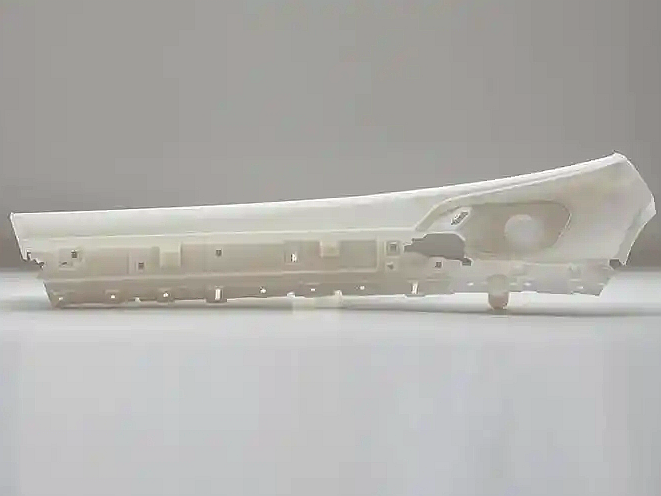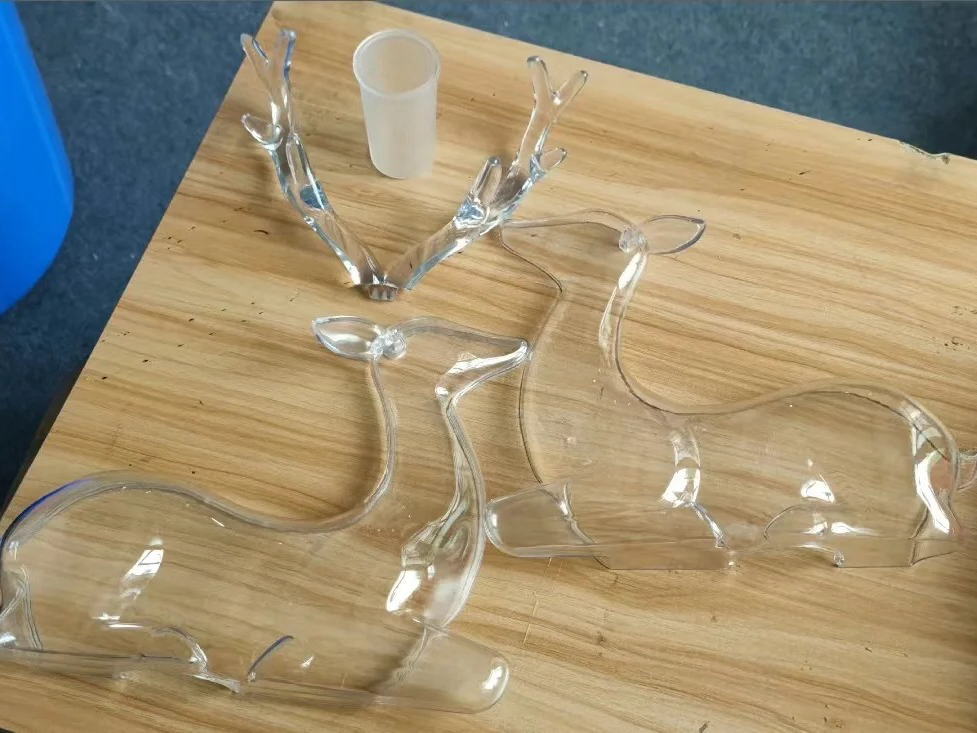Can SLA be used for producing high-strength resin parts, and what are its advantages?
Can SLA Be Used for Producing High-Strength Resin Parts, and What Are Its Advantages?
SLA for High-Strength Functional Components
Yes, Stereolithography (SLA) can be used to produce high-strength resin parts when combined with engineering-grade resins. Modern SLA materials such as tough resins, durable resins, and high-temperature resins allow SLA to go beyond prototyping and deliver parts that perform in mechanical assemblies, fixtures, or functional end-use conditions.
Key Advantages of SLA for High-Strength Resin Parts
1. Excellent Mechanical Performance
With the right resin selection, SLA parts can achieve:
Tensile strength: 55–65 MPa
Elongation: 10–50%
Impact resistance similar to ABS or polypropylene
These properties make SLA suitable for clips, housings, jigs, and load-bearing structures.
2. High Resolution and Dimensional Accuracy
SLA offers ultra-fine detail with tolerances down to ±50 µm and layer heights as small as 25 µm. This precision supports snap-fit features, thin walls, threaded holes, and sealing geometries.
3. Smooth Surface Finish
The photopolymer curing process results in smooth surface textures (Ra 1–2 µm) directly out of the printer, reducing the need for extensive post-processing and allowing direct use in applications like fluid contact, optical components, or cosmetic surfaces.
4. Diverse Engineering Resin Options
High-strength SLA resins are available to meet various needs:
Tough resins for mechanical stress and impact resistance
Durable resins for fatigue and deformation
High-temperature resins for thermal stability
Biocompatible resins for skin- or body-contact medical devices
Customer-Oriented Solutions and Services
To support SLA production of strong resin parts, we offer:
3D Printing Technologies:
Access our Resin 3D Printing using precision SLA technology for high-performance plastic components.
High-Strength Resin Materials:
Choose from tough, durable, and high-temperature formulations tailored for mechanical and thermal requirements.
End-Use Application Support:
Explore applications in automotive, medical, and industrial tooling, supported by CNC machining and surface treatment.



